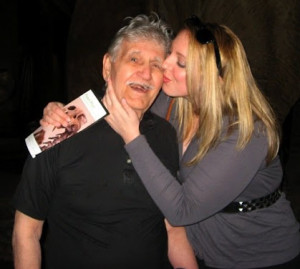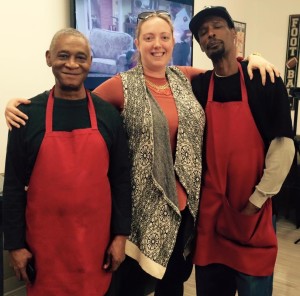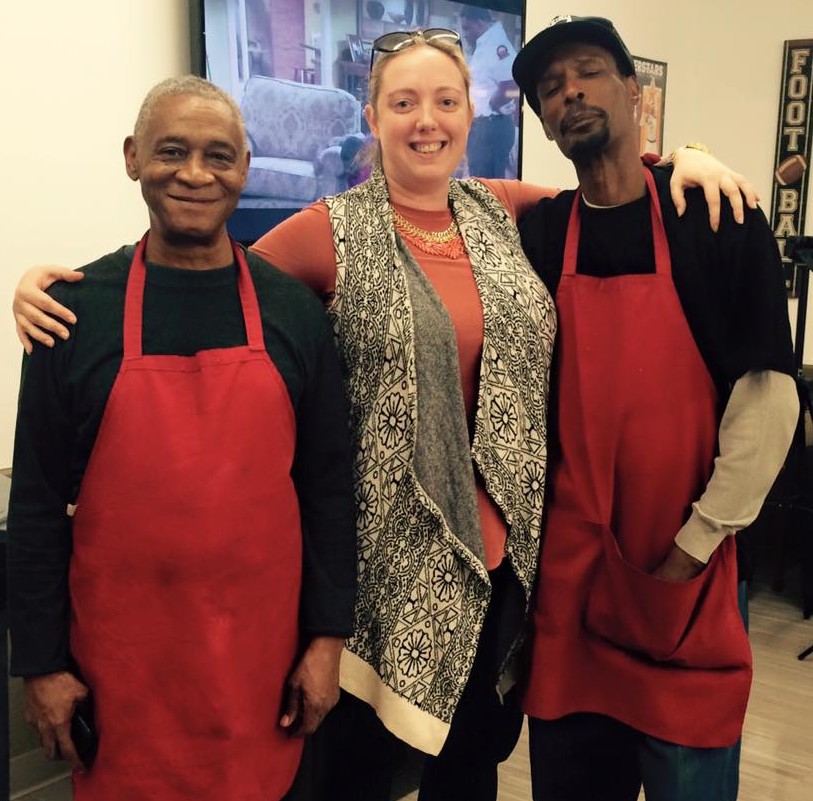While working at Citi Community Development, I had the great privilege of helping build the programs, branding and communications for their company wide Military and Veteran’s initiative Citi Salutes. Whether it was educating veterans on how they could transition their military skills into the civilian workforce through interview strategies and training videos, developing a veteran small business entrepreneurs shark tank or simply sharing stories of the brave men and women and their families who served and were now employed at Citi, I was truly inspired by their strength, courage and sense of duty.
My grandfather is 94 and a WWII veteran and though always close, there were things he never really spoke about. But through my work in this space, it opened the lines of communication between us and I came to better understand his time in the Navy with so much more clarity and respect. He would now share stories that brought us closer together and I more deeply aware of the great responsibilities that face our military families. More than ever I wanted to give back to the men and women who so deserve our service and support. In discussing this delicate subject matter with him, he better prepared me for the story that lie ahead.

When I began Marlin@Large, Citi was graciously my first client. They wanted to do a film about the nationwide problem of veteran homelessness and feature those who were creating solutions in their community. I commend them for shining a light on this issue and for partnering with National Equity Fund’s Bring Them Homes initiative to provide the necessary financing for the building of supportive housing complexes for homeless veterans across the country. Now based in Chicago, I was asked to check out an apartment complex on the south side in the Auburn Gresham neighborhood to see if there was a good story there we should tell. What I found were 55 moving stories of previously homeless men now in a safe home and in the expert care of the wonderful staff at Veterans New Beginnings.
My initial location scout and the duration of my time on this project confirmed what I had hoped, that there were some very special people doing the right thing for our veterans with the grace, generosity of spirit and humor one might hope for in this type of center. The staff and residents are like a tight knit family and treated me as such from day one. I was struck by everyone’s kindness and their willingness to participate in the film with the shared goal that by speaking out, more buildings like theirs could be financed.

In truth, I must have shot 100 hours of footage for a 3-minute short, but I couldn’t tear myself away from them. Their stories, so honest, it could be any one of us. To lose everything and find the strength to rebuild and make the most of your second or third chance is a testament to what’s inherent in all of us. These men taught me the fundamentals of what it means to survive tragedy and that with a little help from your community you can get back up on your feet, head held high and look forward to a brighter future.
It is because of this innovative supportive housing model that Director Stan Smith and his staff have created that these men could draw on and relate to similar experiences and build each other back up to self sufficiency. Unfortunately left on the cutting room floor, the sentiment that resonated with me most and applies to many circumstances of loss came from Dwayne Sanford who explained why being together under one roof, participating in community events and spending quality time with your fellow veterans is necessary for healing, “ there’s nothing more important than comedy and music, music soothes the soul and laughter brings you joy.”

